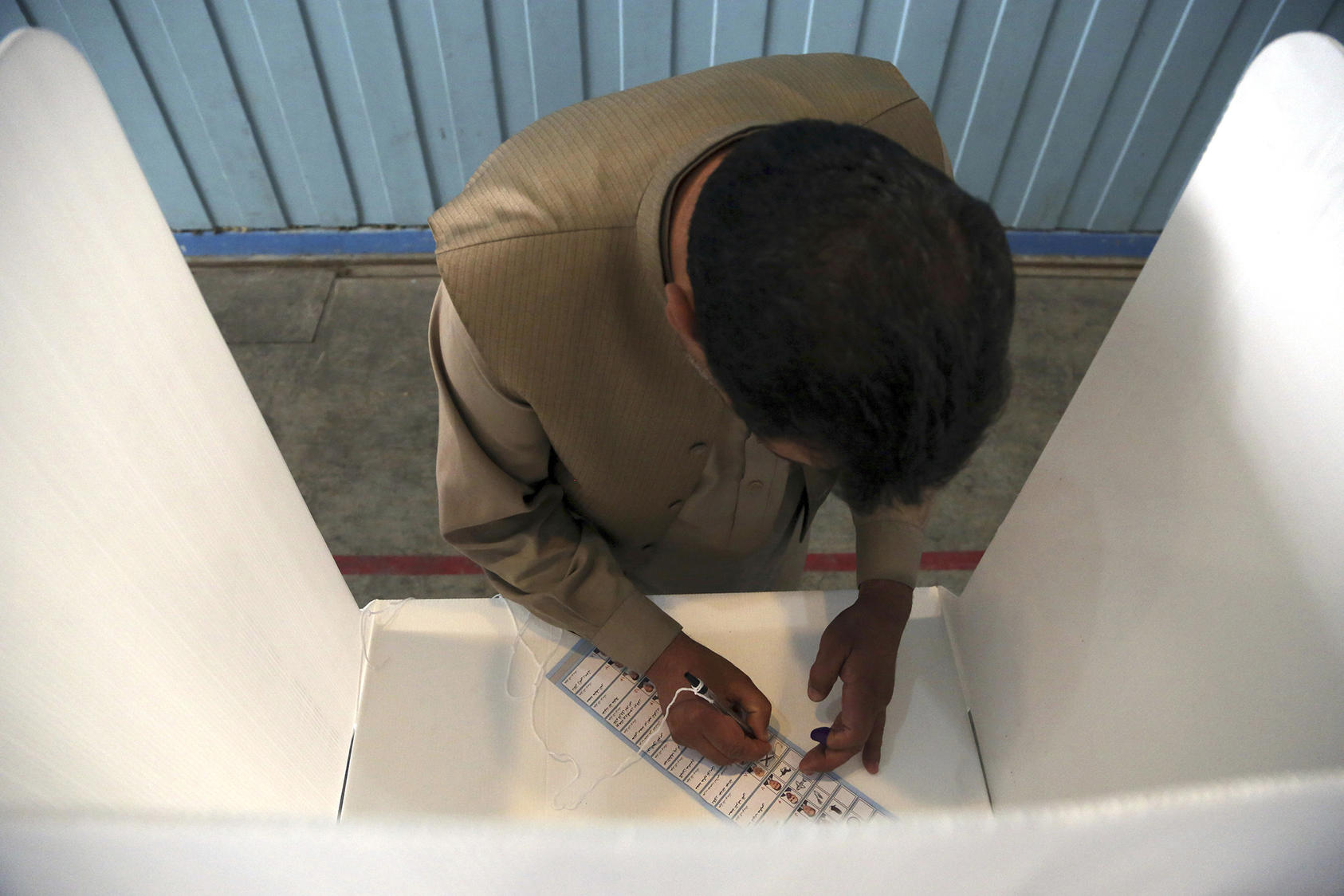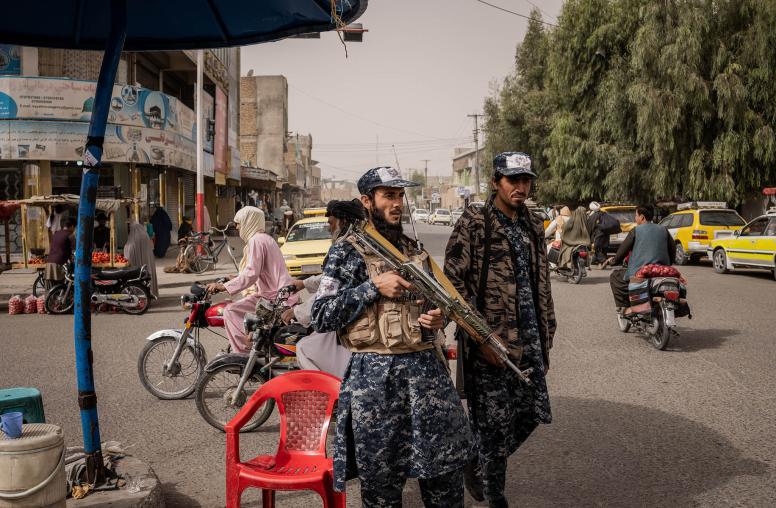Assessing Afghanistan’s 2019 Presidential Election
Afghanistan’s current electoral system structures Afghan political dynamics, shapes election-day outcomes, and influences competition between organized interest groups in Afghanistan. Drawing on a unique set of results data from the September 2019 presidential election and past elections, this report analyzes where and how prospective Afghan voters were able to participate in the 2019 polls, the decision making behind and adjudication of disputes over which votes would be counted as valid, and how the available results compare with political trends evident in prior elections.

Summary
Afghanistan’s current electoral system structures Afghan political competition, shapes election-day outcomes, and exists in relation to—or at a disconnect from—other processes of competition between organized interest groups in Afghanistan. Drawing on a unique set of results data from the September 2019 presidential election and past elections, this report analyzes where and how prospective Afghan voters were able to participate in the 2019 polls, the decision making behind and adjudication of disputes over which votes would be counted as valid, and how the available results compare with political trends evident in prior elections.
Many factors, including worsening security, polling center closures, tighter voter registration requirements, and modest campaign mobilization efforts, all combined to produce an outcome that suggests Afghan public participation in the 2019 presidential election fell to the lowest levels observed in the past fifteen years, raising serious questions as to the representativeness of the current political order. New reform measures offer the potential for greater confidence than in past elections in the integrity and validity of the final 2019 vote figures, but these controls also pose an accessibility trade-off. Discrepancies and transparency gaps still persist around some of the key decisions made on the part of electoral administration authorities to obtain the final results.
The electoral system codified in Afghanistan’s 2004 constitution is not accepted as the primary means for apportioning decision-making power and authority in Afghanistan; rather, the election results mark a first step toward negotiations and renegotiations over sharing power and decision-making authorities. Resolving the conflict in Afghanistan will ultimately require reaching consensus among all major Afghan political actors on how to establish a new agreement on the rules for allocating political power within the country.
About the Report
Drawing on an original set of Afghanistan elections data, this report analyzes the September 2019 Afghan presidential election, focusing on questions related to access to the elections, the counting and vote invalidation process, and political trends compared to the 2018 parliamentary and 2014 presidential elections. Work was supported by the Afghanistan program at the United States Institute of Peace.
About the Author
Colin Cookman is a program officer at the United States Institute of Peace, where he supports the research and publications portfolio for the Asia Center. He previously served as a member of Afghan election observation missions with Democracy International in 2010 and 2014, as a contributing writer with the Economist Intelligence Unit, and as a policy analyst at the Center for American Progress.



